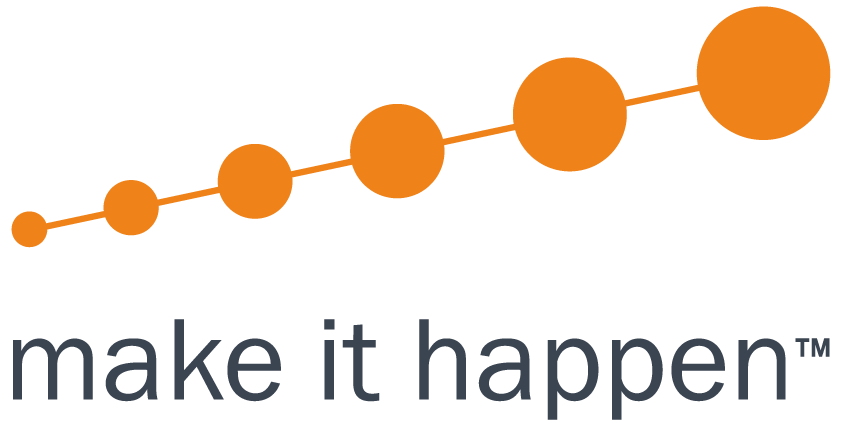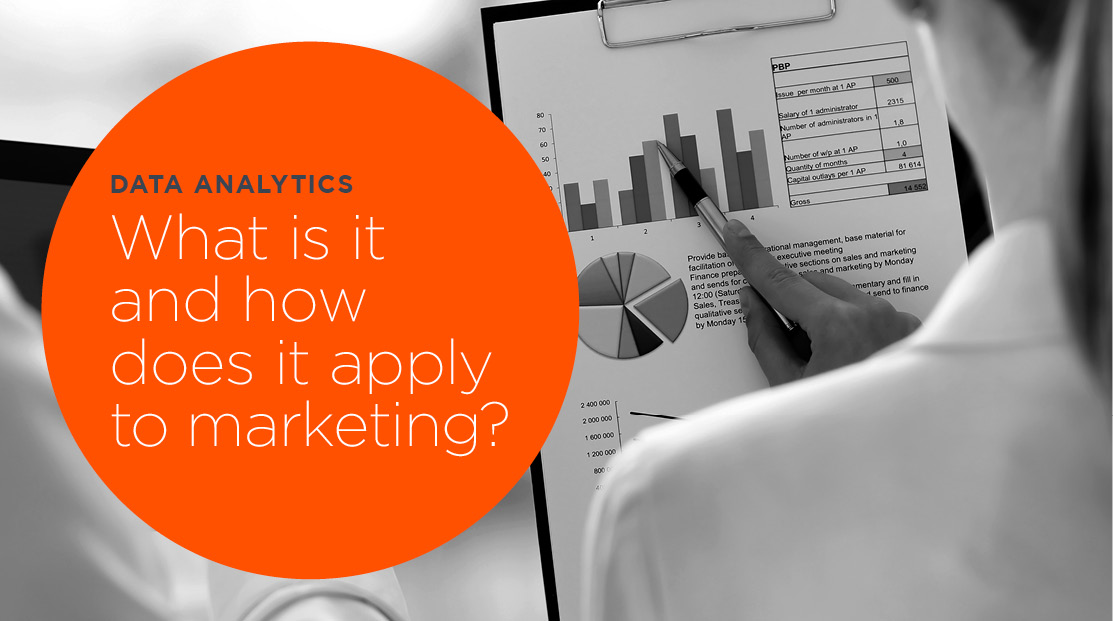This is the third post in our series to get marketing data workable and value adding for your business.
Clients regularly ask about data analytics – what is it, what should be measured and how does it apply to marketing?
Let’s take a closer look.
Analytics is data derived from software that collates figures from various sales, marketing and social media channels and turns them into valuable insights. One of the most important gains from utilising analytics is the ability to report on ROI. Another plus is the informed ability to adapt and change campaigns based on actual data - so they are more successful.
Failing to personalise could lose you customers
We’ve stressed the importance of personalisation and customisation as an effective marketing tactic and how when informed by data, the benefits increase dramatically. Moving beyond the basics of name, address and date of birth, other tools can be used to further identify the trends and preferences of customers. You may already have access to some of these tools; including in-built features of popular platforms – such as Google Analytics and each of the social media platforms.
Furthermore, according to a Salesforce study - 52 per cent of customers are either likely or extremely likely to actually switch brands if a company doesn’t make an effort to personalise communications. Don’t risk losing customers!
Tracking the journey – from start to finish and back again
Software can be carefully organised to capture web data (typically via cookies). Some of the benefits include the ability to track sales leads in real time as well as the ability to determine how customers filter through the sales funnel i.e. their behaviour, and where they might get stuck on their journey. This vital data informs a strategy that can redesign an ineffective funnel and create a more fluid customer journey that is tailored to experience. One that is more likely to covert from lead to customer.
With the rise of ad blockers, and many people opting out of cookies, brands may find the use of third-party data useful for a truer indication of customer leads, trends and behaviours.
Predictive analytics
Carefully profiling your audience allows for great predictive insights around behaviour. Predictive analytics specifically uses advanced analytics including algorithms, data mining, modeling and AI to determine the likelihood of future outcomes based on historical data. It’s a whole new angle growing in adoption that can definitely give you an edge over competitors.
“The holy grail of marketing is to proactively pounce upon every individual customer opportunity by predicting beforehand who will respond and predictively intervene each customer loss by predicting who will defect.”
- Dr. Eric Segel, expert on predictive analytics
Digital planners and data scientists
For the best results, brands might find recruiting data scientists (in the case of large organisations) to cut the data into strategic chunks. Within marketing teams, the role of a digital planner can be useful to formulate a sound digital strategy that can stretch up to 5 years into the future. These experts are key in forecasting sales, growth and cost per lead, and budgeting for campaigns.
Testing channels and tracking conversions
For any marketing strategy to prove successful, your teams need to know which channels work and which channels are time-wasters as quickly as possible. By paying attention to key social metrics and tracking against any acquisition goals - you can save a lot of money.

